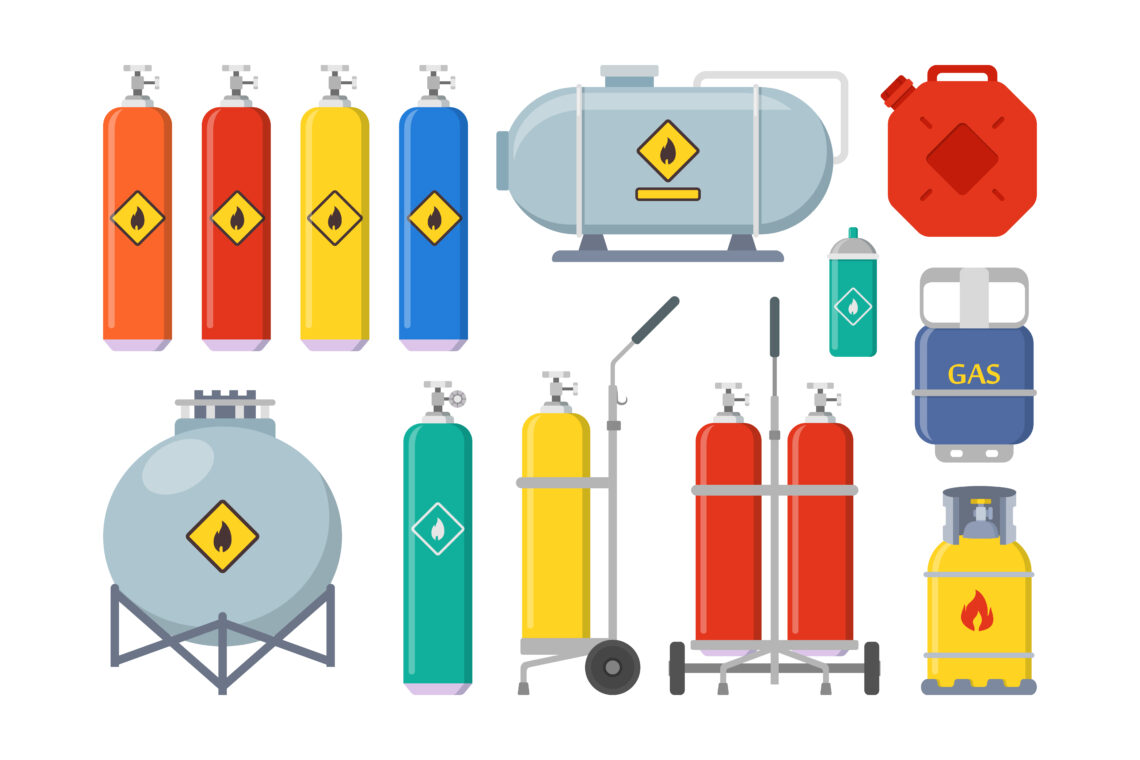While an oil tank can last for many years, there comes a time when it will need to be replaced. This can be due to poor maintenance or simply aging. In either case, it is essential to consider the cost of maintaining and replacing an oil tank. However, there are several things you can do to reduce your tank maintenance costs.
If you notice a leak in your oil tank, you may opt to have the tank cleaned and filled with foam or concrete to prevent it from leaking. This will save you the money and hassle of removing the tank altogether. The cost of this service will depend on the size of the tank. Larger tanks will require more time and special equipment, increasing the cost. On the other hand, smaller tanks will require less time and may not require special tools.
Replacing an oil tank can cost you between $1,700 and $3,800. The price depends on the tank’s size and the type of installation. A smaller tank may be an affordable option for people who want to save money. However, replacing an oil tank every ten to fifteen years is recommended.
Cost of removal
The oil tank services Westchester County, NY cost of removing an oil tank varies, depending on the type and location. You can hire an environmental contractor to get the job done or contact your oil company to do it for you. You should get estimates from multiple contractors before hiring a company. A good contractor will assess the tank’s location and any obstacles that might hinder its the removal. You should also compare services and check references. Finally, you should have a contract in writing with the company you choose.
The location of the oil tank is the most significant factor in the removal cost. Most companies use heavy machinery to get the job done, but the process will take longer if the tank is in an area that cannot be reached by heavy machinery. In addition, the company may have to replace landscaping and decks to get to the oil tank.
Another factor in the cost of removing an oil tank is whether the tank is enclosed. This is the most significant obstacle, as it will directly inflate the job’s overall cost. Many companies will include demolition in their quoted price, while others will require you to hire a separate crew to do the job.
The cost of upgrading or replacing a tank
Oil tank replacement costs are dependent on a few factors. For example, the price can influence the property’s location, initial investment, amount of oil used, current situation, type of tank, oil feed line, and legal requirements. The cost of replacing a tank can vary from PS250 to PS2,000. Therefore, getting a free quote from contractors before starting the work is wise.
Before removing an old oil tank, you must get a municipal permit. This permit can cost up to $200, depending on your locality. You will also need to pay for soil testing, which can cost anywhere from $375 to $500. Additionally, the state or city may require a permit before installing or replacing an oil tank. This permit will also add to the overall cost of the repair.
Another factor that contributes to the cost of replacing an oil tank is whether it’s corrupted. If it is, you may want to replace the tank to prevent more expensive remediation expenses.
Environmental hazards of abandoning a tank
Before an oil tank can be abandoned, it must be cleaned and emptied of flammable liquids. Additionally, the tank’s inlets and outlets must be closed, and leaks must be plugged in. All of these procedures are outlined in state and federal regulatory programs. These steps should be completed safely to minimize environmental hazards.
In the past, many homeowners would place oil tanks in their yards. However, as the popularity of natural gas increased, many homeowners decided to put tanks inside their homes. Unfortunately, not all homeowners abandoned their old oil tanks, and they continue to pose a hazard to nearby residents. To safely dispose of an abandoned oil tank, the tank must be disconnected from the home heating system. Typically, this requires removing the tank’s fill pipe and breather tube and sealing it with concrete. Once complete, the oil tank must be cleaned and filled with sand or foam.
A certified company must document the tank abandonment process and ensure the tank is correctly disposed of. This includes collecting soil samples. The samples are necessary to determine whether the tank has contaminated the surrounding soil.






